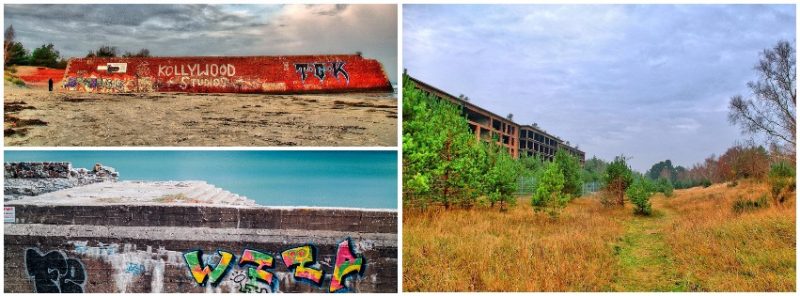Prora is a beach resort on the island of Rügen, Germany, or the place where the “Führer” planned to go to ease down the stress from the war( killing millions indeed is a stressful job).
Prora lies on an extensive bay between the Sassnitz and Binz regions, known as the Prorer Wiek, on the narrow heath (the Prora) which separates the lagoon of the Kleiner Jasmunder Bodden from the Baltic Sea. The buildings extend over a length of 4.5 kilometres and are roughly 150 metres from the beach.
The coast offers a long flat sand beach, which stretches from Binz to the ferry port. This beach was thus an ideal location for the establishment of a seaside resort.
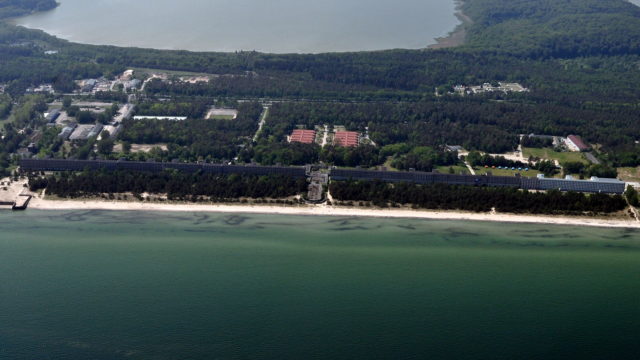
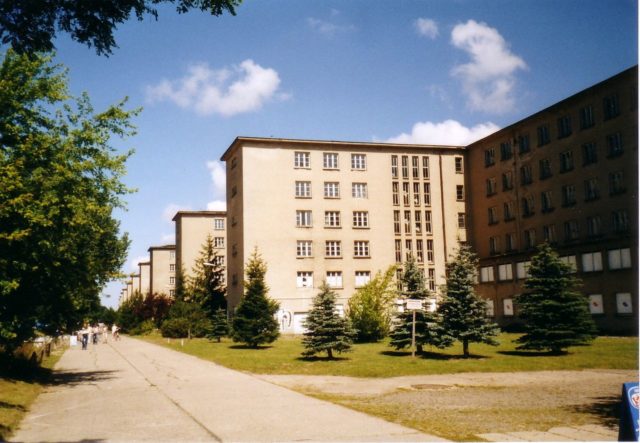
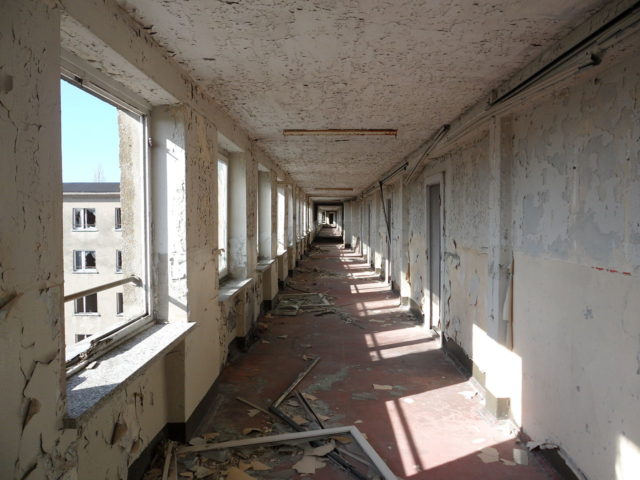
Dr. Robert Ley envisaged Prora as a parallel to Butlins – British “holiday camps” designed to provide affordable holidays for the average worker. Prora was designed to house 20,000 holidaymakers, under the ideal that every worker deserved a holiday at the beach.
Designed by Clemens Klotz, who won a design competition overseen by Adolf Hitler’s chief architect Albert Speer, all rooms were planned to overlook the sea, while corridors and sanitation are located on the land side. Each room of 5 by 2.5 metres was to have two beds, an armoire (wardrobe) and a sink. There were communal toilets, showers and ballrooms on each floor.
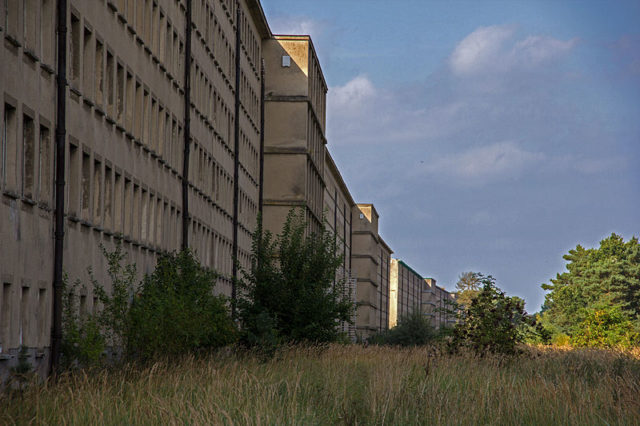
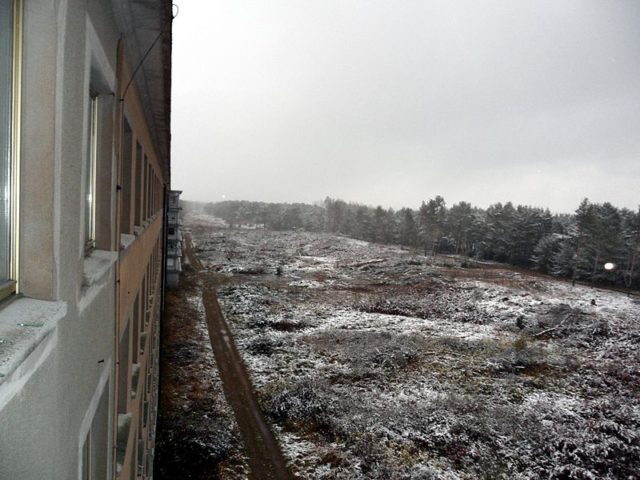
Hitler’s plans for Prora were much more ambitious. He wanted a gigantic sea resort, the “most mighty and large one to ever have existed”, holding 20,000 beds. In the middle, a massive building was to be erected. At the same time, Hitler wanted it to be convertible into a military hospital in case of war.
Hitler insisted that the plans of a massive indoor arena by architect Erich Putlitz be included. Putlitz’s Festival Hall was intended to be able to accommodate all 20,000 guests at the same time. His plans included two wave-swimming pools, a cinema and a theatre. A large dock for passenger ships was also planned.
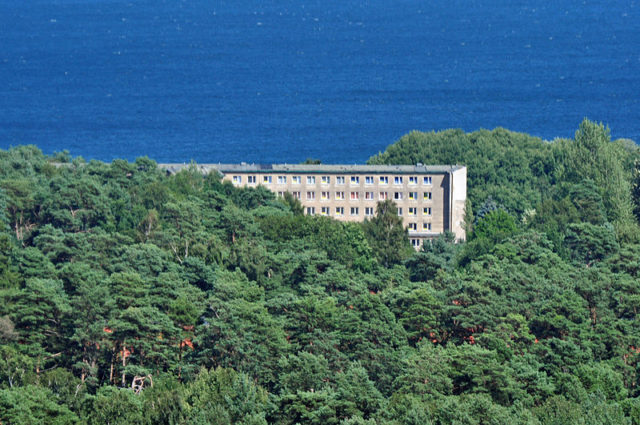
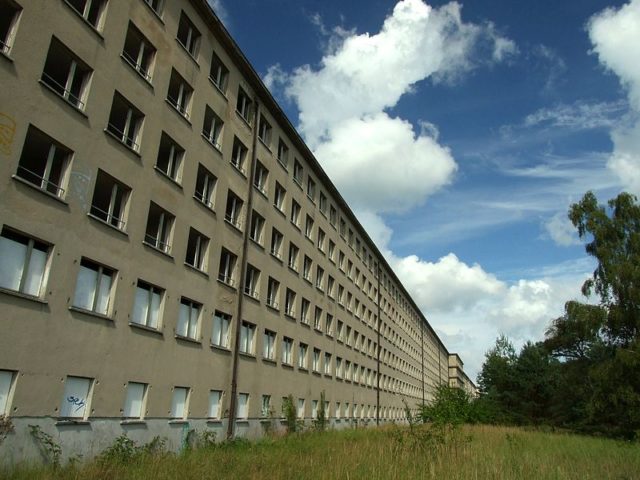
Construction began in 1936 and during the few years that Prora was under construction, all major construction companies of the Reich and nearly 9,000 workers were involved in this project.With the onset of World War II in 1939, building on Prora stopped and the construction workers transferred to the V-Weapons plant at Peenemünde.
The eight housing blocks, the theatre and cinema stayed as empty shells, and the swimming pools and festival hall never materialised. During the Allied bombing campaign, many people from Hamburg took refuge in one of the housing blocks, and later refugees from the east of Germany were housed there. By the end of the war, these buildings housed female auxiliary personnel for the Luftwaffe.
In 1945 the Soviet Army took control of the region and established a military base at Prora.The Soviet Army’s 2nd Artillery Brigade occupied block 5 of Prora from 1945 to 1955. The Soviet military then stripped all usable materials from the building. In the late 1940s two of the housing blocks – one on the North and one on the South – were demolished and the remains mostly removed.
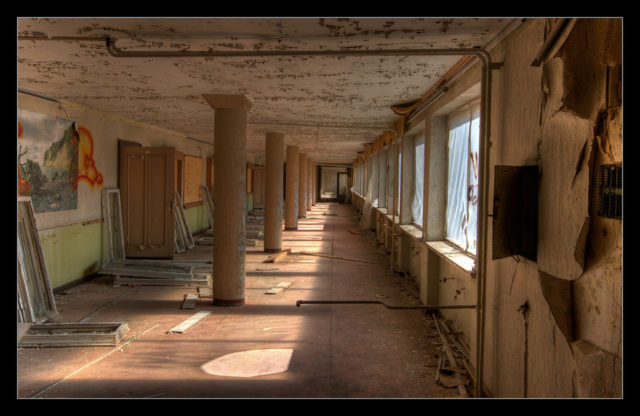
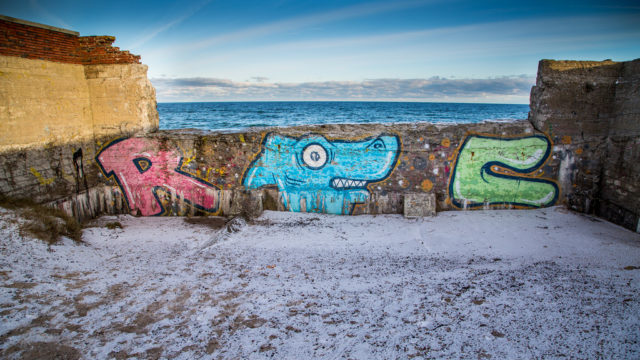
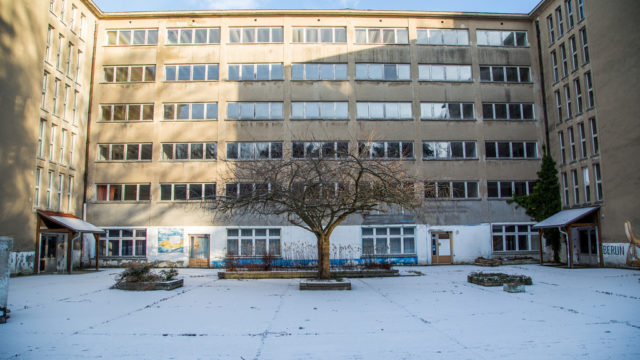
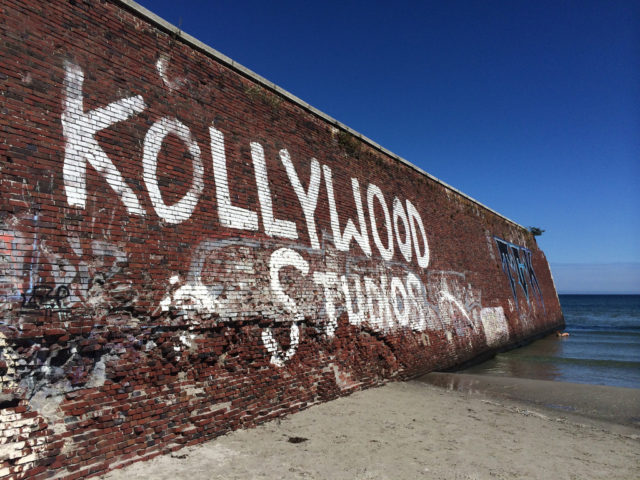
In the late 1950s the East German military rebuilt several of the buildings. Since the buildings had been stripped to the bare brick in the late 1940s, most of the exterior and interior finish that can be seen today was done under East German control.
After the formation of the German Democratic Republic’s (GDR’s) National Peoples Army in 1956, the buildings became a restricted military area housing several East German Army units. The most prominent were the elite 40. Fallschirmjägerbataillon Willi Sänger (40th Parachute Battalion “Willi Sänger”) which was housed in block 5 from 1960 to 1982. Block 4 on the north side was used for urban combat training by the Parachute Battalion and others. Large sections remain as ruins to this day.
Also housed in the building from 1982 to 1990 was the East German Army Construction Battalion “Mukran”, where conscientious objectors served as noncombatant Construction Soldiers to meet their military service obligation. A part of the building also served as the East German Army’s “Walter Ulbricht” convalescent home.
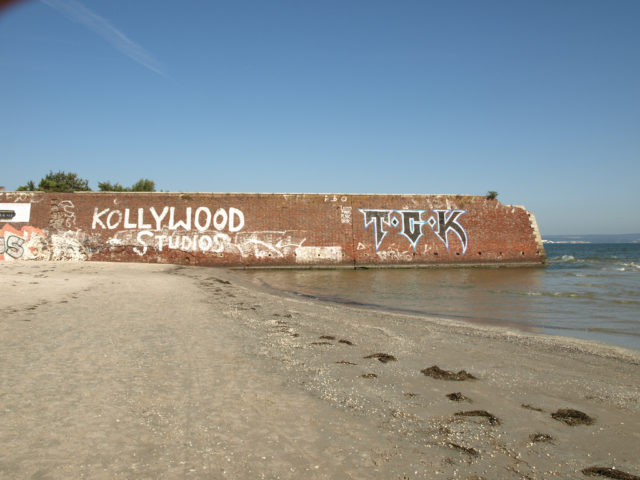
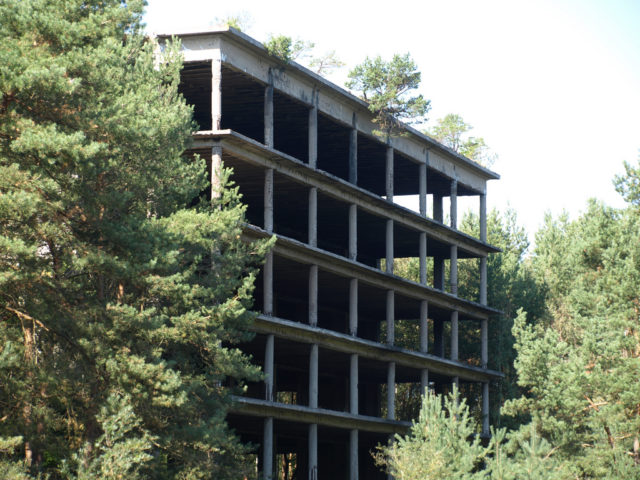
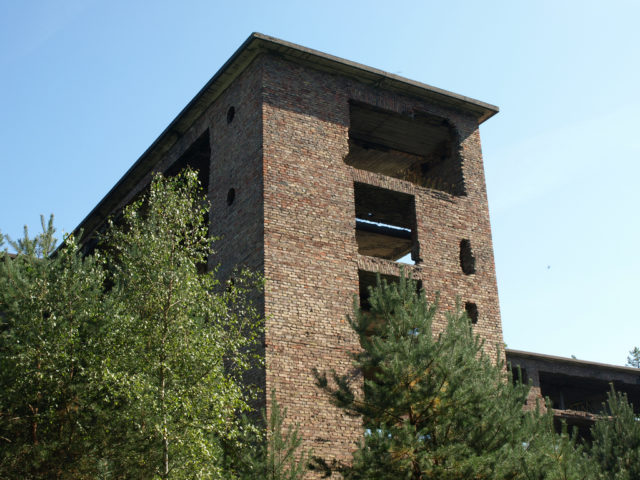
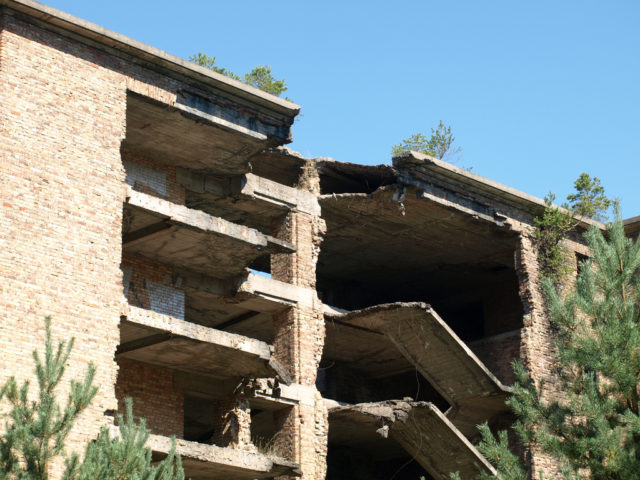
After German reunification, the National People’s Army of the GDR was absorbed into the West Germany Bundeswehr, that took over the building. Initially consideration was given to demolishing the buildings, but it was later given landmark protection and a tax break offered to developers to renovate it.
Parts of the building were used from 1990 to 1992 by the Military Technical School of the Bundeswehr. From 1992 to 1994 a part of the building was used to house asylum seekers from the Balkans.
Beginning in early 1993, the facility was empty and the buildings were subject to decay and vandalism. An exception to this was Block 3, Prora Center, which from 1995 to 2005 housed a variety of museums, special exhibitions, and a gallery. Between 1993 and 1999 the site served as one of the largest youth hostels in Europe.
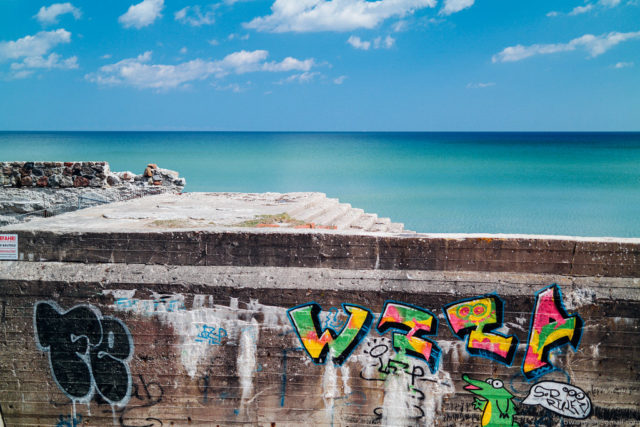
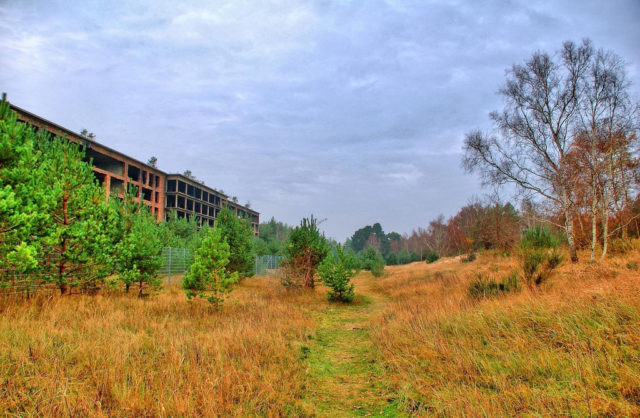
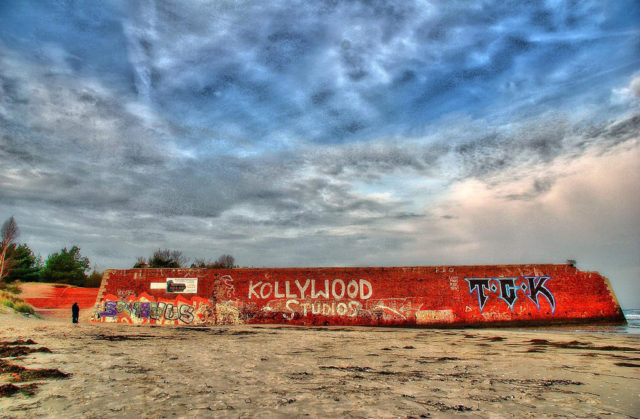
Since 2000, the Documentation Center Prora has been located at the southern edge of the fairground buildings. This center documents the construction and use history of the building. Discussed here are both the background of the project and its appropriation for Nazi propaganda.
